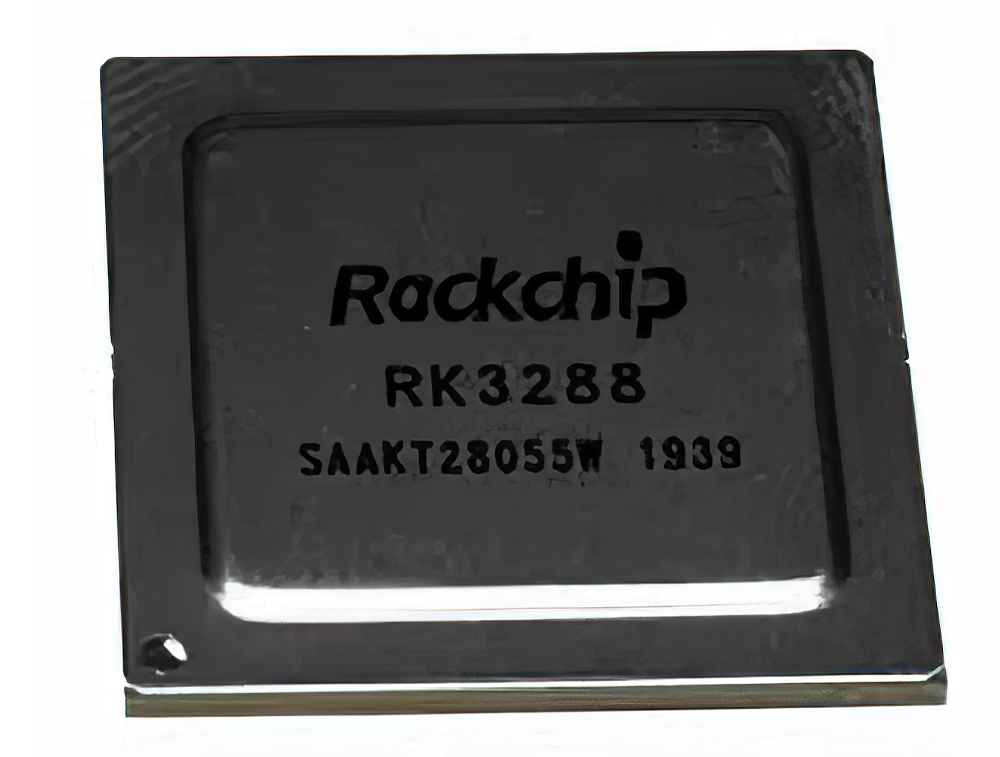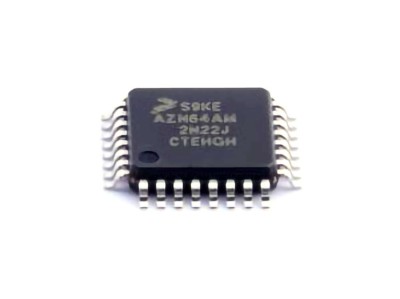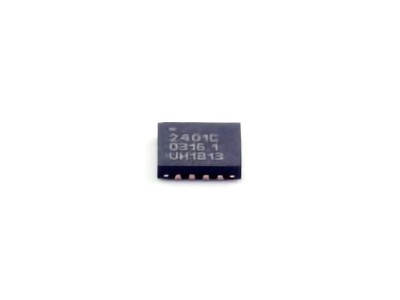
In this article, we explore common issues users may encounter with the RK3288 chipset, a popular processor in a range of embedded systems and devices. From Power issues to performance lags, we provide easy-to-follow troubleshooting steps and solutions to keep your RK3288-based device running smoothly. Whether you’re developing a new device or maintaining an existing one, this guide will help ensure your success.
Common Issues and Troubleshooting Techniques for the RK3288 Chipset
The RK3288, designed by Rockchip, is an advanced quad-core ARM Cortex-A17 processor used in a wide range of devices, from Android TV boxes to industrial embedded systems. While this chipset is known for its high performance, it is not immune to occasional issues. Troubleshooting these problems can sometimes be challenging, but understanding the most common issues and how to resolve them can save time and reduce frustration.
1. Device Fails to Boot
One of the most common issues with RK3288-powered devices is failure to boot. Users may find that their device gets stuck on the splash screen or fails to start altogether.
Solution:
Check Power Supply: First, ensure that your device is getting adequate power. A power supply issue is often the root cause of boot failures. Confirm that the power adapter is working, and if possible, test the device with a different charger or power cable.
Reset the Device: If your device has a reset button or pinhole, try performing a hard reset. This action can sometimes clear temporary software glitches.
Reflash Firmware: If the device still doesn’t boot, it might be a firmware issue. Download the latest firmware from the manufacturer’s website, and follow the official instructions for reflashing the firmware onto the device using a USB cable or SD card.
Check for Hardware Damage: In some cases, hardware failure could be the cause. Inspect the device for visible signs of damage, such as a burnt smell or physical cracks on the motherboard, which could point to an internal failure.
2. Overheating
The RK3288 chipset is powerful, but it can generate significant heat during extended use, particularly when running demanding applications or games. Overheating can cause your device to freeze, shut down unexpectedly, or throttle its performance.
Solution:
Improve Ventilation: Ensure the device has adequate ventilation. Avoid placing the device in an enclosed space or stacking objects on top of it.
Use Heatsinks or Cooling Fans: If your device does not come with active cooling, consider adding heatsinks or external cooling solutions, especially if the device is used for heavy tasks like gaming or video streaming.
Reduce Background Processes: If overheating occurs during specific tasks, it could be due to high processor usage. Close unnecessary apps running in the background and monitor system resources to avoid overloading the CPU.
Thermal Paste: For devices that allow it, applying fresh thermal paste between the CPU and its heatsink can help improve heat dissipation.
3. Poor Performance or Lag
While the RK3288 is generally known for its smooth performance, users may occasionally experience lag, especially when running resource-intensive applications or multitasking.
Solution:
Clear Cache and Unused Apps: Over time, system cache and unused applications can build up, slowing down performance. Go to the settings menu and clear the cache of apps and the system. Uninstall apps you no longer need to free up memory.
Update Software and Firmware: Ensure that the device’s operating system and firmware are up to date. Software bugs and performance issues are often resolved with updates. Check for available system updates and install them to ensure optimal performance.
Optimize Settings: Some devices may come with built-in performance optimization settings. Adjust display settings, reduce animations, or switch to a less resource-heavy launcher for improved performance.
4. Wi-Fi and Bluetooth Connectivity Issues
Connectivity problems are common on many devices, and the RK3288 is no exception. Wi-Fi drops or Bluetooth devices failing to pair can be extremely frustrating.
Solution:
Check Router and Signal Strength: Ensure that the device is within range of a stable Wi-Fi signal. Try restarting the router or changing the Wi-Fi channel if interference is suspected. You may also consider using a Wi-Fi repeater to boost signal strength.
Reboot the Device and Router: A simple reboot of both the device and your router can solve many connectivity issues. This action can refresh network settings and improve stability.
Re-pair Bluetooth Devices: If you’re having trouble with Bluetooth, unpair and re-pair the device. Additionally, ensure that the Bluetooth Drivers are updated, and check if other devices can connect to rule out hardware issues.
Factory Reset Network Settings: If none of the above work, try performing a factory reset of network settings from the device’s settings menu. This can resolve deeper configuration problems.
5. Touchscreen Malfunctions
For devices with a touchscreen, malfunctions like unresponsiveness or erratic behavior are common. These issues can occur after an update or due to external factors like overheating.
Solution:
Reboot the Device: A simple reboot may resolve temporary touchscreen issues caused by software glitches.
Check for Software Issues: Ensure that any software updates related to the touchscreen Drivers or firmware have been applied. If there are recent updates that might have caused the issue, check online for known bugs or patches.
Clean the Screen: Sometimes, the touchscreen can become less responsive if it’s dirty or smudged. Clean the screen with a microfiber cloth and make sure there is no moisture or residue that could interfere with touch sensitivity.
Factory Reset: If the issue persists, perform a factory reset to eliminate any corrupt system files or configuration problems.
6. Audio Problems
Audio issues, such as low sound, distortion, or no sound at all, are common on RK3288 devices. These issues can arise due to a variety of reasons, from driver issues to hardware problems.
Solution:
Check Audio Settings: Ensure that the volume is turned up and not muted. Go into the device’s sound settings and check whether the correct output device is selected.
Reboot the Device: Sometimes, a simple reboot can fix sound issues caused by software glitches.
Update or Reinstall Audio Drivers: If you are using a custom operating system or firmware, ensure the audio drivers are up to date. In some cases, reinstalling the audio drivers may resolve the issue.
External Audio Devices: If you’re using external speakers or headphones, check that they are functioning correctly by testing them on another device. Additionally, inspect the audio jack or Bluetooth connection for any issues.
Advanced Troubleshooting and Solutions for the RK3288 Chipset
While the common issues mentioned in Part 1 can often be resolved with basic troubleshooting steps, there are more complex scenarios that may require a deeper dive into system diagnostics. In this section, we’ll explore advanced troubleshooting techniques, including hardware-related problems and system-level issues, that may arise when using RK3288-powered devices.
1. Kernel Panic or System Crashes
A kernel panic is a type of system crash that can cause your device to become unresponsive or reboot continuously. These crashes typically occur due to issues with the operating system, firmware, or incompatible hardware.
Solution:
Check Kernel Logs: The first step is to check the kernel logs to determine the root cause of the panic. Use the Android Debug Bridge (ADB) or a serial console to access the logs and look for error messages related to memory, device drivers, or incompatible hardware.
Reflash the Firmware: If the kernel panic is caused by a corrupt or incompatible firmware, reflashing the firmware to the latest version may resolve the issue. Follow the manufacturer’s instructions to ensure you use the correct firmware version.
Inspect Hardware: If the kernel panic persists after a firmware reflash, the issue may lie with the device’s hardware. Inspect the RAM, storage, and other components for faults, and consider replacing any damaged parts.
Use a Different Kernel Version: If you’re using a custom ROM, try switching to a different kernel version. Custom kernels may not be fully compatible with all hardware, and reverting to the stock kernel could help resolve the issue.
2. Storage Problems (Slow Read/Write Speeds)
Storage issues, such as slow read/write speeds or corrupted data, are another common challenge. These issues can significantly impact device performance and user experience.
Solution:
Check Storage Health: If your device is using an SD card or external storage, check the health of the storage medium. Use diagnostic tools to check for bad sectors or other signs of failure. If the storage device is faulty, replace it with a new one.
Clear Cache and Data: Corrupted cache or app data can slow down storage performance. Clearing the cache partition or app data can free up space and improve performance.
Format Storage: If you’re experiencing persistent storage issues, consider formatting the internal or external storage. Back up important data before performing this operation, as it will erase all data on the device.
Use Faster Storage Media: If the device supports it, use faster storage solutions, such as UHS-1 SD cards or eMMC storage, to ensure optimal performance.
3. Audio and Video Sync Issues
When using the RK3288 in media-focused applications, such as video streaming or gaming, users might experience issues with audio and video synchronization, causing one to lag behind the other.
Solution:
Adjust Frame Rate and Resolution: Ensure that the frame rate and resolution settings match the capabilities of your display or media device. Mismatched settings can cause syncing issues.
Check Media Player Settings: Many media players allow you to adjust audio and video synchronization manually. Look for settings like “audio delay” or “lip-sync” and adjust them until the audio and video are properly synchronized.
Update Codecs and Drivers: Outdated or incompatible codecs can cause syncing issues. Ensure that the correct video and audio codecs are installed and up to date.
4. Graphics Artifacts or Display Issues
Graphics artifacts, such as flickering, lines, or distorted colors, can be a sign of hardware or driver issues with the RK3288 chipset’s GPU.
Solution:
Check for Overheating: Graphics artifacts are often a result of overheating. Make sure the device is properly ventilated and consider adding cooling solutions.
Update GPU Drivers: Ensure that the GPU drivers are up to date. Many graphics issues can be fixed by updating the GPU drivers to the latest stable release.
Check Display Cables and Connectors : If using an external display, check the cables and connectors for signs of wear or damage. A loose connection or damaged cable could cause display issues.
5. Unexpected Shutdowns
If your RK3288 device suddenly powers off without warning, it may be due to hardware issues, power supply problems, or software bugs.
Solution:
Check Power Supply: A faulty or inadequate power supply can cause unexpected shutdowns. Test the device with a different power adapter or charger.
Examine Battery Health: For portable devices, check the battery’s health using diagnostic tools. A degraded battery can cause random shutdowns, and replacing the battery may resolve the issue.
Look for Software Bugs: Some software issues can cause the system to shut down unexpectedly. Try booting into safe mode to see if the problem persists. If it doesn’t, it’s likely a software-related issue.
By following these troubleshooting tips and solutions, you can address most common issues faced by RK3288-powered devices. Whether it’s a hardware problem, software glitch, or connectivity issue, understanding the root cause and applying the right fix will help you get your device back on track quickly and efficiently.
If you’re looking for models of commonly used electronic components or more information about RK3288 datasheets, compile all your procurement and CAD information in one place.
(Partnering with an electronic component supplier) sets your team up for success, ensuring that the design, production and procurement processes are streamlined and error-free. (Contact us) for free today


